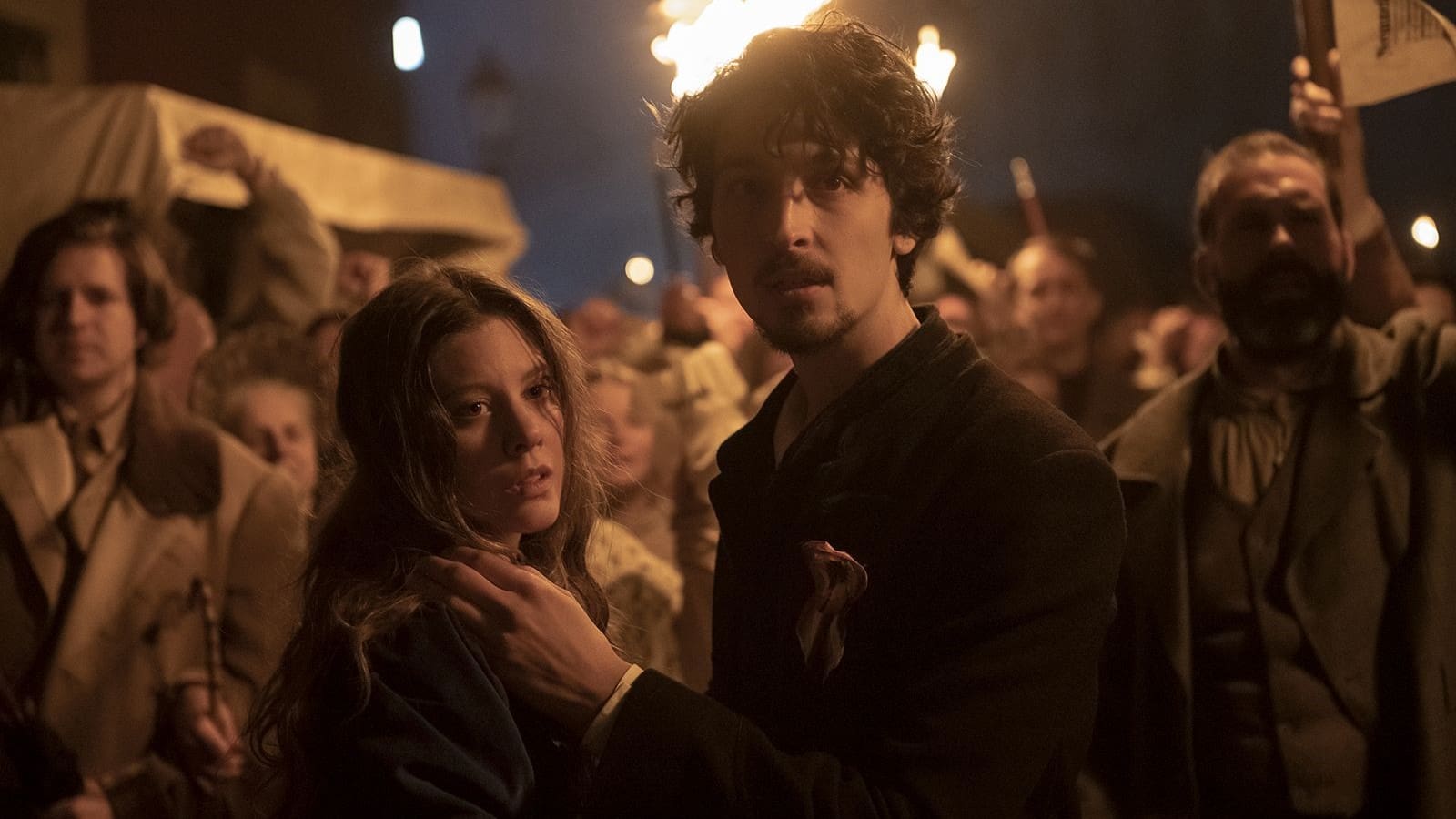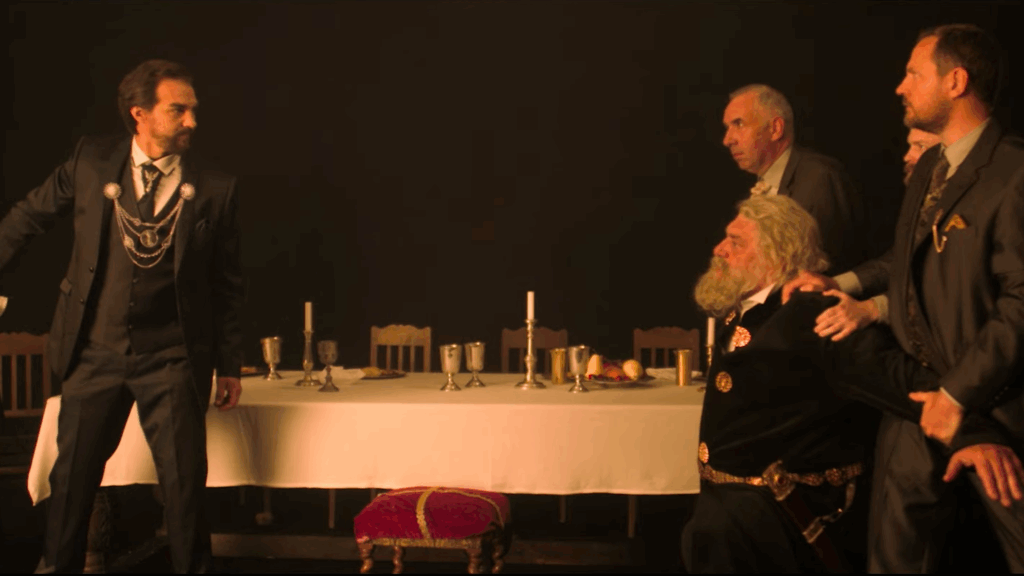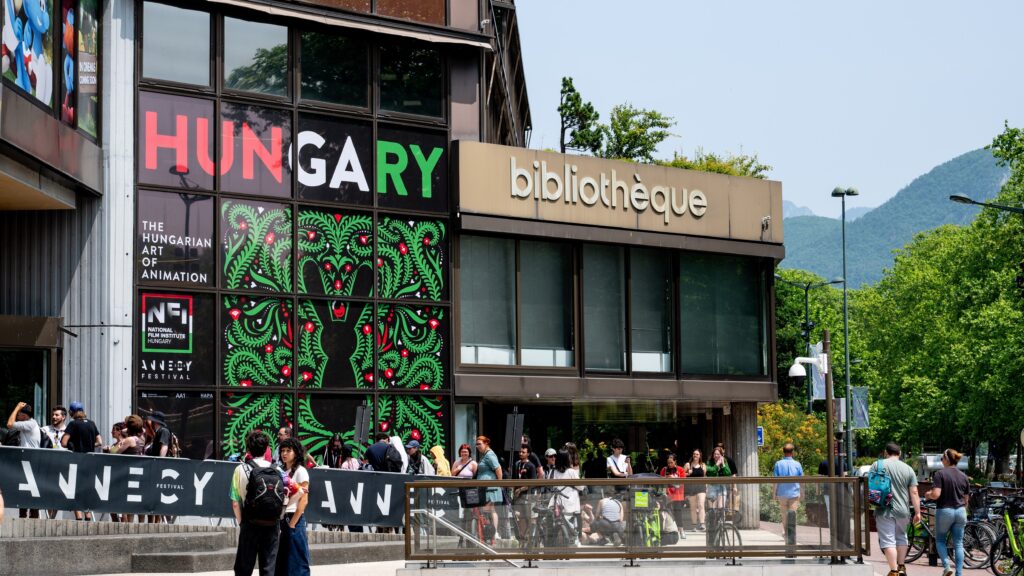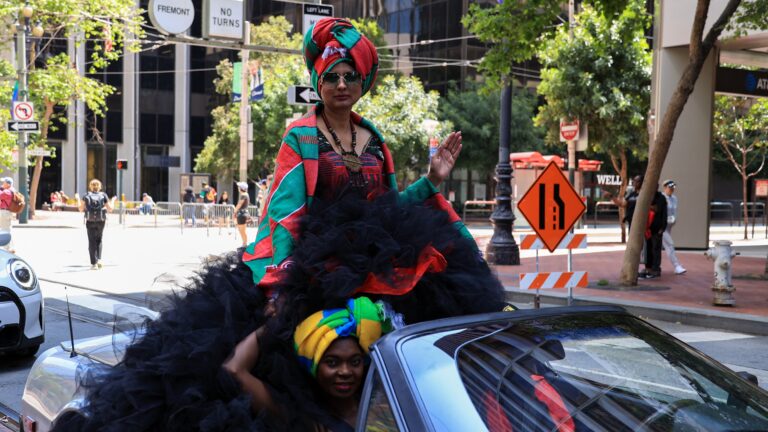‘The way it happened — and the way it could have happened…’: those are the opening lines of the film that set the scene and manage the expectations of viewers. Those who prefer historical epics to tell things exactly the way they happened will be disappointed in Now or Never. However, the imagination of the filmmakers did not carry them away in outlandish directions; the tale of 15 March is told in a completely authentic and faithful way, not detracting from it, rather adding elements of romantic, humorous (and often violent) adventures to it.
Directed by Balázs Lóth, and written by Kis-Szabó Márk, Philip Rákay and Vajk Szente, funded by the National Film Institute of Hungary, and distributed by Fórum Hungary, the film pays meticulous attention to the mise en scène. We can almost smell the putrid air of the unpaved backstreets of Pest, as we watch our heroes trudge through the mud and horse dung on the damp and then rainy spring day of 15 March. The bakers, butchers, printers, and students of the time all feel real, and even the least significant of the extras is believable. The costumes are faithful reproductions of the contemporary garments, and so are the hairstyles and the facial hair that almost all of the male protagonists don.
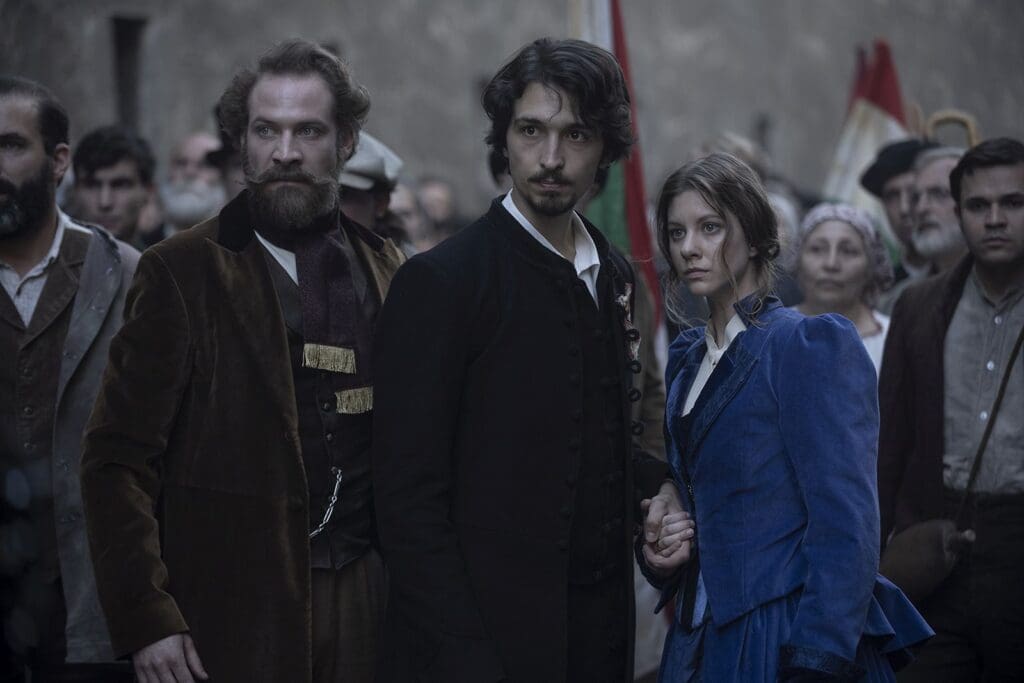
The plot is not excessively intricate: the gathering of a group of conspirators is ruthlessly dispersed by the Austrians on the eve of 15 March, but Sándor Petőfi, the up and coming poet and his best friend and flatmate, writer Mór Jókai escape arrest and salvage a copy of the Twelve Points, a list of demands formulated in the name of the Hungarian nation that later became history. The two friends hurry to the regular meeting place of the Pest radical youth, the Pilvax café, where after they learn about the uprising in Vienna, they decide that there is no point in waiting any longer, and they will start the revolution the very next day. The sub-plot is based on the entirely fictional figure of Farkasch, the Hungarian-turned-Austrian secret agent, tasked with a simple assignment: to stop Petőfi at all cost. Farkasch pursues Petőfi and his wife, Júlia Szendrey ruthlessly throughout the film, but fails to accomplish what he sets out to do and dies at the hands of his own brother.
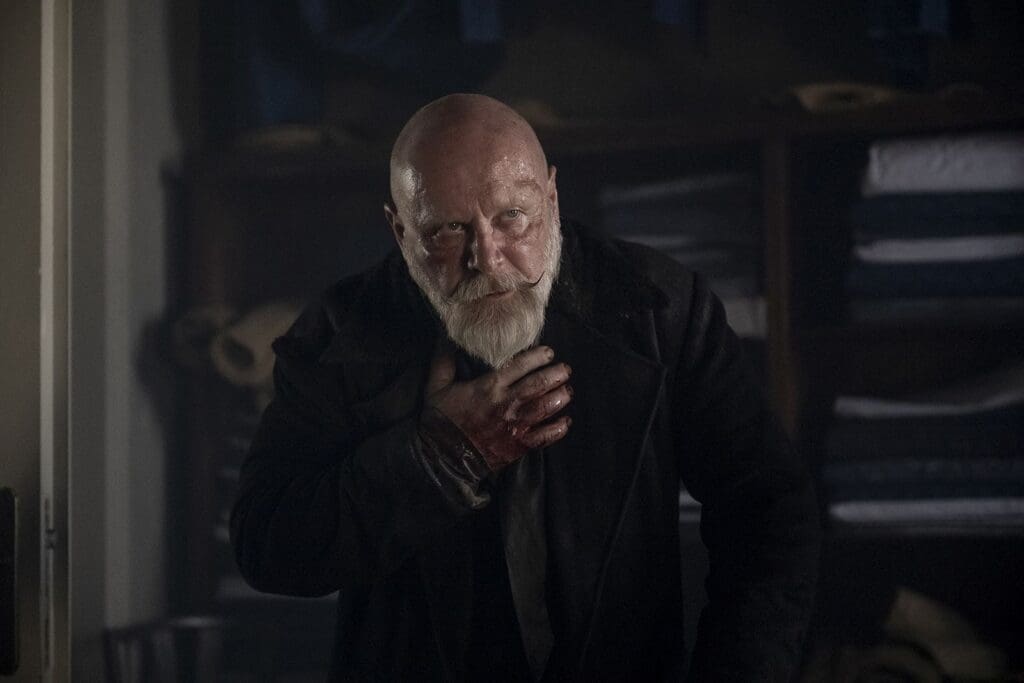
It is one of the main strengths of the film that it dares show the uncertainty and lack of a concrete plan of these enthusiastic young Magyars about how exactly they would achieve what they aspire to, and that it is their passion and purity that helps them mobilize their fellow citizens through mostly spontaneous actions.
One of the most moving scenes in the film is when the crowd is ready to enter the Buda Castle in the afternoon of 15 March, to demand that the Council of Regency approves their demands, the Twelve Points, and to free Mihály Táncsics, the Hungarian writer and political prisoner, imprisoned in the József Barracks in 1847 for his work demanding the liberation of serfs, through a revolution if necessary. A unit of Italian soldiers is ordered by the military governor of Buda, General Ignaz Lederer, to erect barricades and stop the crowd crossing over from Pest from entering the Castle.
After a few tense minutes, when it is unclear whether the soldiers would actually fire into the crowd full of women and elderly people, Petőfi grabs a Hungarian flag, starts waving it, showing the Italians that the Hungarian tricolour consists of the same colours as the Italian one, and calls the soldiers brothers. When the crowd start chanting fratelli, that is ‘brothers’, as if under a magic spell, the Italians lower their weapons and allow the crowd to pass.
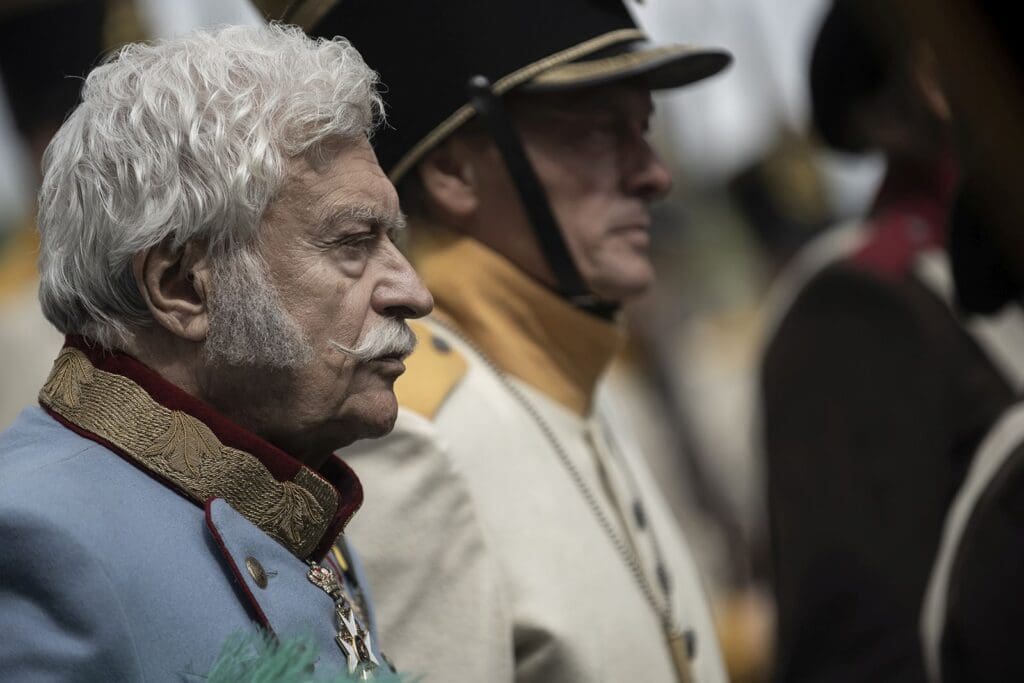
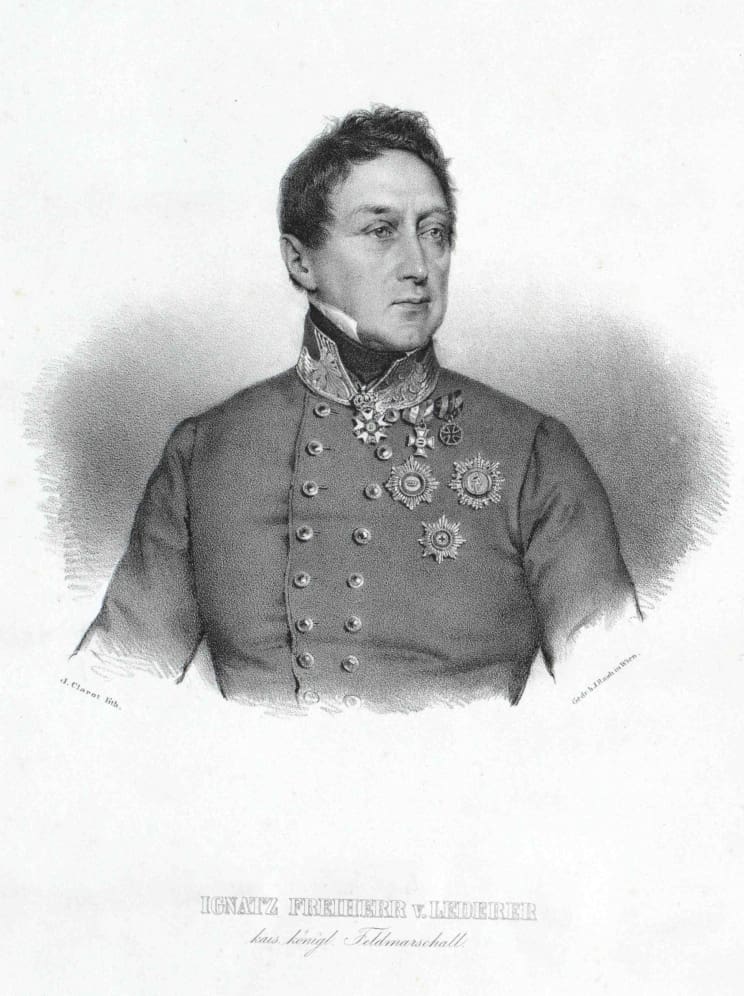
Another beautiful moment in the film is when Júlia tells her husband on the eve of 15 March that she is expecting. In fact, the son of Júlia Szendrey and Sándor Petőfi was indeed born almost exactly nine months after the day the revolution broke out.
It is also remarkable that the creators of the film decided to assign a special role to Júlia Szendrey, wife and muse of Petőfi. She is portrayed as a modern, independent woman, who at the same time is a devoted and supportive wife, ready to defend her husband’s life against the brutal secret agent, Farkasch. Szendrey’s recognition and appreciation in Hungarian history and literature is far from what she would deserve. She was a highly educated, talented writer and poet, who spoke several foreign languages and who became a prolific translator in her later life. The film may perhaps also prompt many, especially young people, to learn more about her.
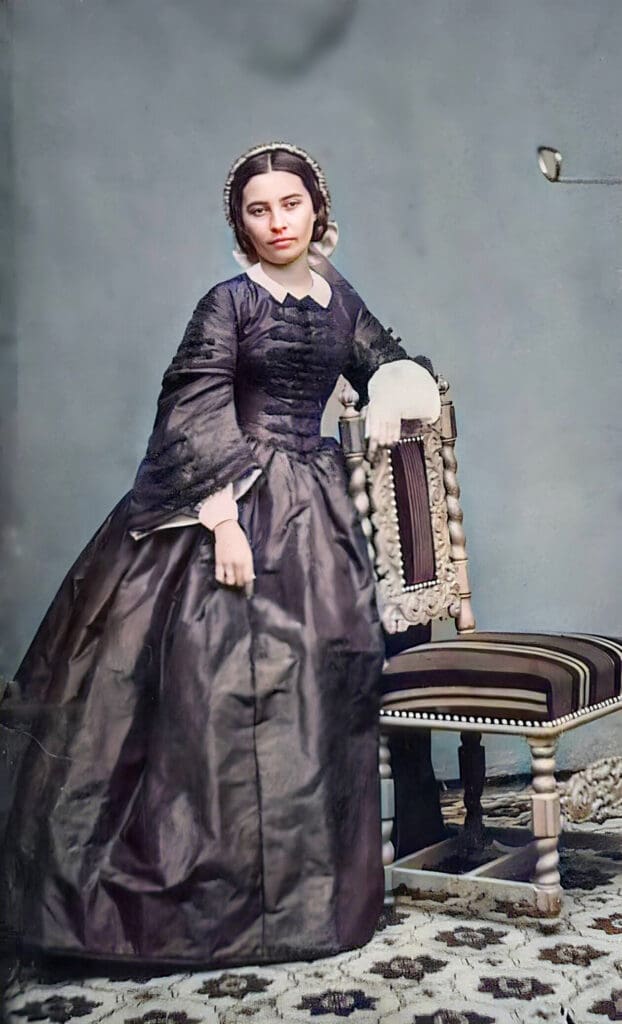
A piece of advice to those who speak good enough Hungarian to venture to watch the film before it comes out with English subtitles (or just the trailer embedded below): do not read film reviews on ‘independent’ news sites or blogs beforehand. The anti-government, anti-patriotic, self-appointed connoisseurs dismissed the film as cheap government propaganda even before it came out. Trolls have been giving low ratings to Now or Never on IMDb for days now, again, since before it was even released in cinemas. The most tiresome charge against the film is that it is the most costly production in Hungarian film history, which on the one hand, is not factually true (Kincsem was just as expensive if not dearer, considering inflation), and on the other hand, it is bizarre that how much it costs to make a film should be a measure of value. Not to mention the fact that part of the six billion forints of the film’s budget went towards building the Fót virtual film studio where the production was partly filmed.
Most vagy soha! (12) - Előzetes
Elég egy szikra... 2024. március 14-től a mozikban! https://www.instagram.com/most.vagy.soha/ https://www.facebook.com/mostvagysohafilm/ #MostVagySoha
Of course, the film is not flawless. The scenes with physical violence in them are sometimes a bit too much, and frankly unnecessarily so. The soundtrack is all right, but also somewhat superfluously loud and overbearing. Also, the figure of Pál Vasvári is quite one-dimensional, as he is portrayed as thinking only and exclusively of women, which is mostly funny but sometimes irritating in the film. True, he was famously handsome and the most desired bachelor of Pest at the time, but he was also one of the greatest and bravest freedom fighters of the revolution, who gave his life for his homeland at the age of 23.
These weaknesses will most certainly be magnified by those who, as a principle, oppose spending taxpayer money on films that do not de-heroize the grand episodes of Hungarian history. I wonder whether liberal historians and film critics will also come forward and praise the film for finally including a woman in the all-male pantheon of 15 March.
Read more on the history of the 1848 revolution:

